 W
WIngeborg Akeleye was a Norwegian noblewoman and heiress. She became known for her association with prominent men and her adventurous love life.
 W
WErik Must Angell was a Norwegian jurist and politician.
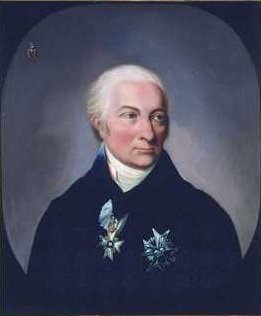 W
WCarsten Tank Anker was a Norwegian businessman, civil servant, politician and one of the Fathers of the Constitution of Norway. He was the owner of the manor house in Akershus at which the original National Assembly (Riksforsamlingen) of Norway was held. The manor house has since then been given the name Eidsvollsbygningen.
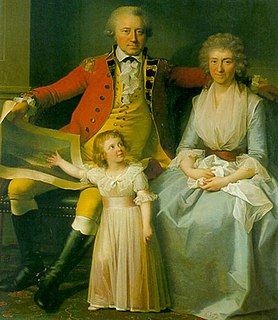 W
WPeder Anker was a prominent Norwegian landowner, businessman and politician. He served as Prime Minister of Norway from 1814 until 1822.
 W
WJohan Nordahl Brun was the poet, dramatist, Bishop in Bergen (1804–1816), and politician who contributed significantly to the growth of National Romanticism in Norway, contributing to the growing national consciousness.
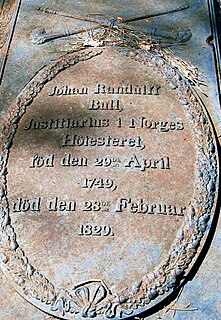 W
WJohan Randulf Bull was a Norwegian judge.
 W
WChristian Colbjørnsen served as the Chief Justice of Denmark-Norway from 1802 until 1814.
 W
WAnna Colbjørnsdatter Arneberg (1667–1736) was a Norwegian national heroine who was most known for her participation in the Battle of Norderhov during the Great Northern War.
 W
WMathia Collett was a Norwegian merchant and businessperson. After her first husband's death, she was the co-owner of the trading company Collett & Leuch, an influential trading company, with her brother. From 1773 to her death in 1801, she was married to the then wealthiest person in Norway, Bernt Anker. She is the younger sister of the poet Ditlevine Feddersen.
 W
WPetter Pettersen Dass was a Lutheran priest and the foremost Norwegian poet of his generation, writing both baroque hymns and topographical poetry.
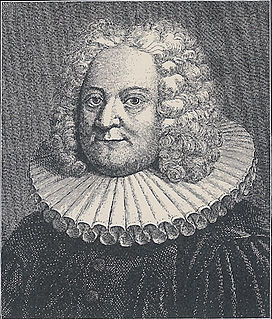 W
WBartholomæus Deichman was a Danish/Norwegian clergyman and Bishop.
 W
WHans Poulsen Egede was a Dano-Norwegian Lutheran missionary who launched mission efforts to Greenland, which led him to be styled the Apostle of Greenland. He established a successful mission among the Inuit and is credited with revitalizing Dano-Norwegian interest in the island after contact had been broken for hundreds of years. He founded Greenland's capital Godthåb, now known as Nuuk.
 W
WChristian Magnus Falsen was a Norwegian constitutional father, statesman, jurist, and historian. He was an important member of the Norwegian Constituent Assembly and was one of the writers of the Constitution of Norway.
 W
WPrince George of Denmark and Norway, Duke of Cumberland, was the husband of Queen Anne, who reigned over Great Britain from 1702 to 1714.
 W
WJohan Ernst Gunnerus was a Norwegian bishop and botanist. Gunnerus was born at Christiania. He was bishop of the Diocese of Nidaros from 1758 until his death and also a professor of theology at the University of Copenhagen.
 W
WEiler Hansen Hagerup or Eiler Hagerup d.e. was a Norwegian theologian and priest. He was the Bishop of the Diocese of Trondhjem from 1731 until his death in 1743.
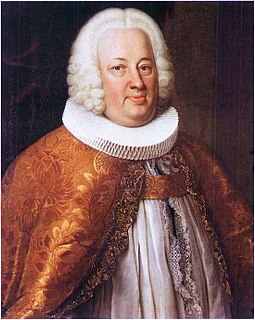 W
WPeder Hersleb was a Norwegian-Danish clergyman and Bishop.
 W
WKari Rasmusdatter Hiran, was a Norwegian farmer and war heroine. She is known for her act during the invasion of Norway by Charles XII of Sweden during the Great Northern War in 1716. She gave the Swedish army false information about the size and plans of the Norwegian army, which evidently caused the Swedish monarch to interrupt his attempt to conquer Norway and return to Sweden. A memorial stone was raised for her in 1956.
 W
WPovel Juel was a Norwegian civil servant and writer.
 W
WChristiane Koren was a Danish-Norwegian writer. She wrote both poems and plays, but today she is primarily known for her diaries, which are regarded to be important historical documents of contemporary Norway.
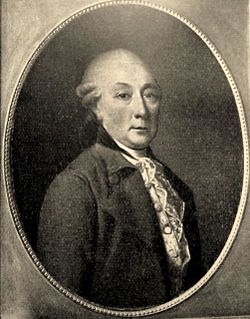 W
WPoul Abraham Lehn, Baron of Lehn and Baron of Guldborgland, was a feudal baron of the Danish and Norwegian nobility and one of the greatest landowners of his time in Denmark.
 W
WSeverin Løvenskiold was a Norwegian nobleman, politician and Prime Minister of Norway.
 W
WErik Pontoppidan was a Danish-Norwegian author, a Lutheran bishop of the Church of Norway, an historian, and an antiquarian. His Catechism of the Church of Denmark heavily influenced Danish and Norwegian religious thought and practice for roughly the next 200 years after its 1737 publication.
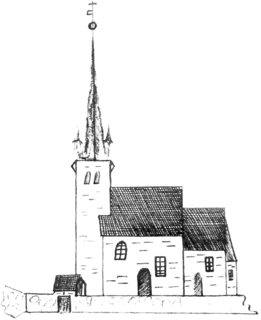 W
WJonas Danilssønn Ramus was a Norwegian priest, author and historian. He is principally known as an author of religious and historical writings.
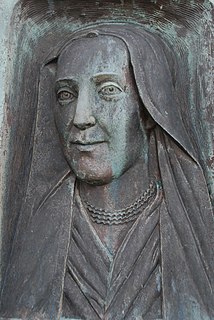 W
WGertrud Rask was the first wife of the Danish-Norwegian missionary to Greenland Hans Egede and was the mother of the missionary and translator Paul Egede.
 W
WGerhard Schøning was a Norwegian historian. His Reise som giennem en Deel af Norge i de Aar 1773, 1774, 1775 paa Hans Majestets Kongens Bekostning documenting travel through Trondheim, Gudbrandsdal and Hedmark, Norway in 1773–1775 has been recognized as both a historical reference and as a "minor travel classic."
 W
WJohan Christian Schønheyder was a Danish-Norwegian priest. He was the bishop of the Diocese of Trondhjem from 1788 until 1803.
 W
WSophia Frederica of Mecklenburg-Schwerin was a Princess and Duchess of Mecklenburg-Schwerin, and by marriage Hereditary Princess of Denmark and Norway.
 W
WHans Strøm was a Norwegian clergyman. He also became a prominent zoologist and naturalist. He is best associated with his topographical description of the traditional district of Sunnmøre.
 W
WPeter Frederik Suhm, was a Danish historian.
 W
WDitlev Vibe was a Danish government official and Governor-general of Norway from 1722 until his death.
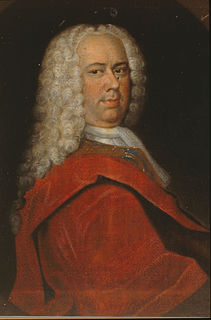 W
WJohan Vibe was a Danish military officer and engineer, who was appointed Governor-General of Norway from 10 April 1708 until his death.